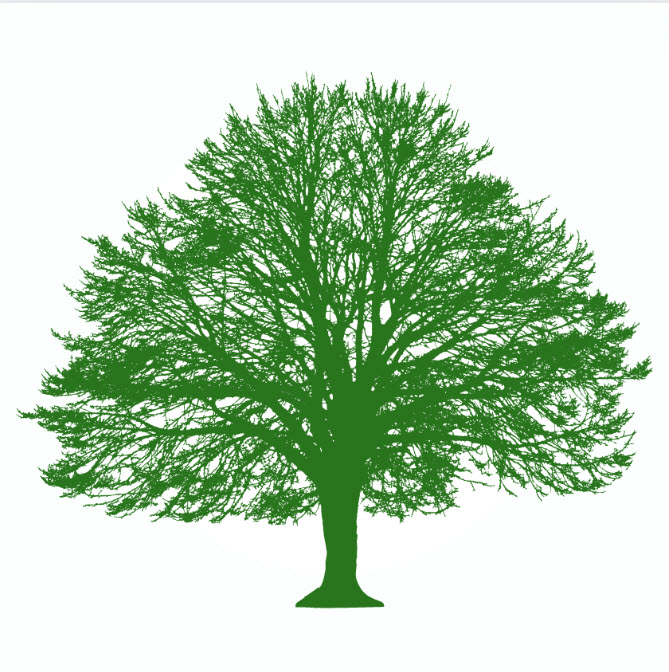Arborist
Trees are more than just natural ornaments—they are vital to our environment, providing shade, enhancing property values, and supporting local ecosystems. Proper care and maintenance of trees require specialized knowledge and skills, which is where professionals like arborists, tree surgeons, and tree doctors come in. This guide will explore the roles of these tree care experts, delve into the field of arboriculture, break down the costs associated with tree services, and emphasize the importance of hiring licensed and certified professionals.
Key Roles in Tree Care
Arborist: An arborist, also known as a tree arborist, is a specialist in the care and maintenance of trees. Arborists are well-versed in tree biology, including understanding how trees grow, the nutrients they need, and how to manage diseases and pests. They offer expert advice on selecting the right tree species for specific environments and provide ongoing care to ensure trees thrive. Whether it’s diagnosing a tree’s health, implementing treatment plans, or advising on the best pruning practices, arborists are essential for keeping trees healthy and sustainable.
Tree Surgeon: A tree surgeon focuses on the hands-on aspects of tree care, such as pruning, trimming, and removing trees. The title “surgeon” reflects the precision and skill required in their work, particularly when dealing with large or hazardous trees. Tree surgeons are trained to remove dead or dangerous branches, shape trees for both aesthetic and safety reasons, and undertake complex tree removals that might pose risks to people or property.
Tree Doctor: A tree doctor, often overlapping with the role of an arborist, specializes in diagnosing and treating tree diseases and infestations. Much like a medical doctor for humans, a tree doctor can identify symptoms of distress in trees—such as unusual leaf patterns, bark issues, or pest damage—and prescribe appropriate treatments to restore tree health. Tree doctors play a crucial role in preventing the spread of diseases and ensuring the longevity of trees.
Tree Arborist: The term “tree arborist” often refers to a professional who combines the knowledge of an arborist, tree surgeon, and tree doctor. This role involves comprehensive tree care, from planting and routine maintenance to performing complicated procedures like tree surgeries or implementing disease management strategies. Tree arborists are key to developing long-term care plans that ensure the health and safety of trees in both residential and commercial settings.
What is Arboriculture?
Arboriculture is the practice of cultivating, managing, and studying trees and other woody plants. It encompasses a broad range of activities, including tree planting, pruning, fertilizing, pest control, disease management, and tree removal. Arboriculture is essential for maintaining the health, beauty, and safety of trees in urban, suburban, and rural environments.
Arboriculturists—those who practice arboriculture—require a deep understanding of tree biology, soil science, and the environmental factors that influence tree growth. They must be skilled in the use of specialized tools and techniques to care for trees effectively. Arboriculture also involves making informed decisions that balance the needs of trees with those of the surrounding environment, ensuring that tree care practices are sustainable and beneficial for the ecosystem.
Understanding the Costs of Tree Services
Tree services can vary in cost depending on the type of service, the size and condition of the tree, and the complexity of the job. Below is an outline of common tree services and their associated costs:
- Tree Pruning and Trimming: Regular pruning and trimming are necessary to maintain tree health and safety. The cost of these services typically ranges from $150 to $1,200 per tree, depending on the tree’s size, location, and the difficulty of the job. Pruning smaller trees is usually less expensive, while larger trees or those near structures may require more expertise and equipment, increasing the cost.
- Tree Removal: Removing a tree is often necessary if the tree is dead, diseased, or poses a risk to safety. The cost of tree removal varies widely, generally ranging from $400 to $3,000 or more. Factors that influence the price include the tree’s height and diameter, its location (especially if it’s close to buildings or power lines), and the complexity of the removal process. Additional costs may apply for stump removal, which can range from $60 to $350 per stump.
- Stump Grinding: After a tree is cut down, stump grinding is typically needed to remove the remaining stump. The cost of stump grinding usually falls between $100 and $400, depending on the size and accessibility of the stump. This process is important for preventing regrowth and eliminating potential tripping hazards or space obstructions in the landscape.
- Tree Health Assessment and Treatment: Diagnosing and treating tree diseases or pest infestations often requires the expertise of a tree doctor or arborist. A tree health assessment can cost between $100 and $500, depending on the scope of the evaluation. Treatments, such as applying pesticides, fertilization, or structural support (like cabling and bracing), may add to the overall cost.
- Emergency Tree Services: After severe weather or other unexpected events, emergency tree services may be needed to address fallen trees or dangerous branches. These services are generally more expensive due to the urgency and potential hazards involved. Emergency tree removal or trimming can range from $500 to $5,000 or more, depending on the severity of the situation and the resources required.
- Tree Planting: Planting new trees is an investment in the long-term beauty and health of your landscape. The cost of tree planting can vary widely, from $150 to $1,000 per tree, depending on the species, the size of the tree at planting, and the preparation needed for the planting site.
Why Licensing and Certification Matter
Hiring licensed and certified tree care professionals is crucial to ensure the quality and safety of the services provided. Both licensing and certification indicate that the professional has met specific standards of competence and adheres to industry best practices.
Licensed: A licensed tree service provider has fulfilled the legal requirements necessary to operate within a specific jurisdiction. This often includes proving that the company is insured and bonded, as well as complying with local safety and operational regulations. Working with a licensed professional ensures that you are protected against liability and that the service provider operates within the legal framework.
Certified: Certification is a voluntary credential that demonstrates a tree service professional’s commitment to their craft and their ongoing education in the field of arboriculture. The International Society of Arboriculture (ISA) is one of the leading organizations offering certification for arborists. An ISA Certified Arborist has passed a rigorous examination that covers various aspects of tree care, including biology, diagnosis, and maintenance. Hiring a certified arborist provides peace of mind, knowing that the individual handling your trees is highly knowledgeable and skilled.
Choosing the Right Tree Service: Local Considerations
When selecting a tree service provider, it’s important to consider local factors such as the climate, soil conditions, and the types of trees common in your area. Local arborists and tree surgeons are often more familiar with regional tree species and the specific challenges they face, such as local pests or diseases.
Here are some tips for finding the right tree service provider:
- Research and Reviews: Start by looking for local tree service companies with positive reviews and testimonials. Websites like Yelp, Google, and the Better Business Bureau can provide valuable insights into a company’s reputation and the quality of its services.
- Get Multiple Quotes: Obtain quotes from several tree service providers to compare pricing and services. Make sure the quotes include a detailed breakdown of costs and inquire about any potential additional fees.
- Check Credentials: Verify that the tree service provider is licensed and insured. Ask about their certifications, such as ISA certification, and their experience in the industry. A reputable company will be transparent about its qualifications and happy to provide proof of credentials.
- Ask for References: Request references from past clients to gauge the quality of work and customer satisfaction. Speaking directly with former clients can provide valuable insights into the provider’s reliability, professionalism, and quality of work.
- Review the Contract: Before agreeing to any work, carefully review the contract to ensure it includes all the agreed-upon services, costs, and timelines. Make sure you understand the terms and conditions, including any warranties or guarantees offered.
Conclusion
Tree services and arboriculture are essential for maintaining the health, safety, and beauty of trees in our landscapes. Whether you need routine tree maintenance, emergency removal, or specialized health care for your trees, hiring licensed and certified professionals is key to ensuring the job is done correctly and safely. Understanding the roles of arborists, tree surgeons, and tree doctors—as well as the costs and considerations involved—will help you make informed decisions that benefit both your property and the environment. See more about our services.

